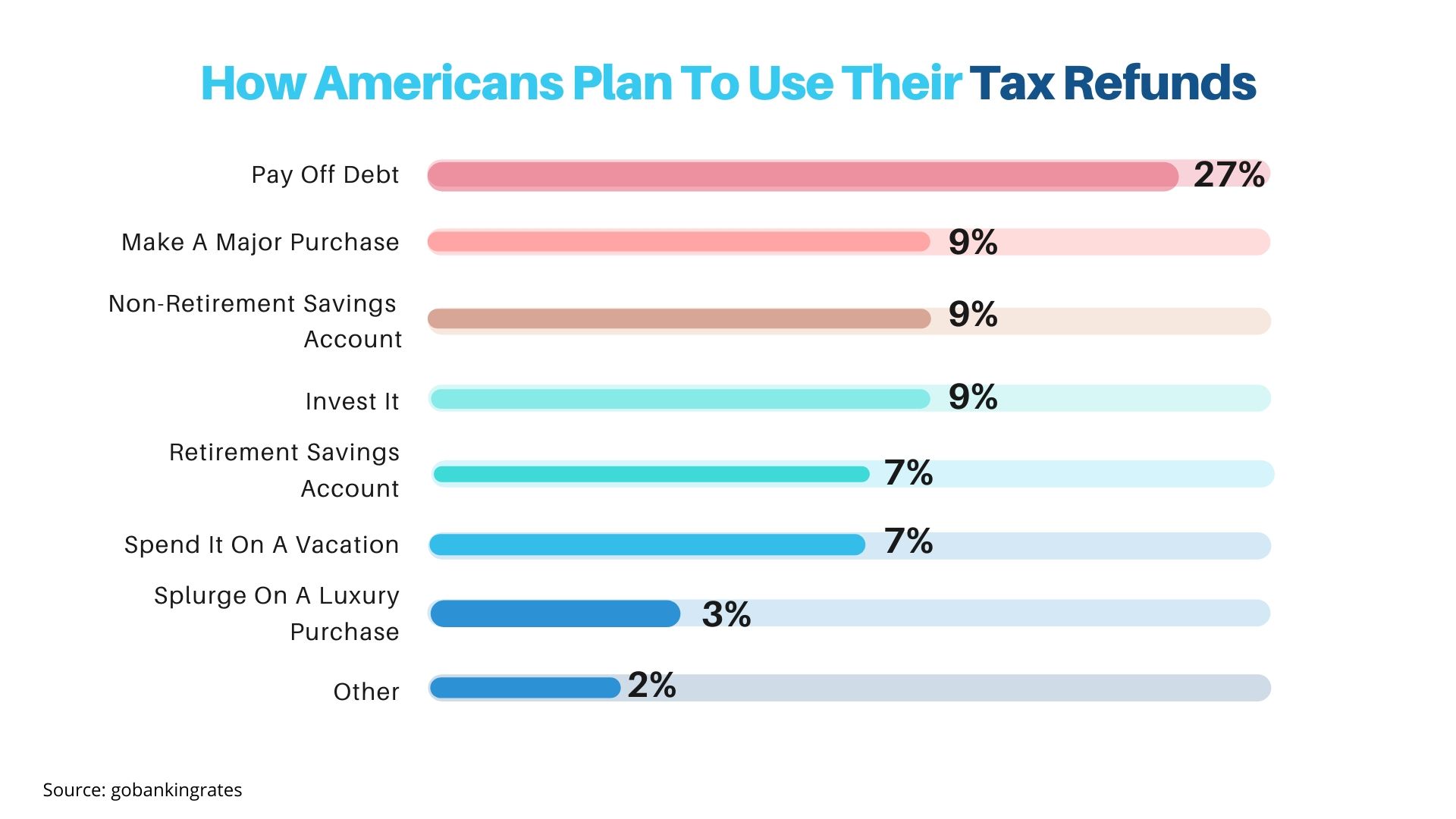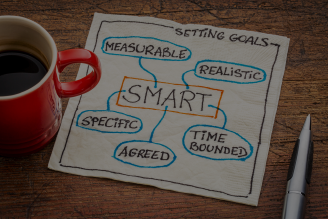DEBT COLLECTION PAYMENTS | 7 MIN READ
5 Tools to Maximize Debt Collection Revenue During the 2020 Tax Refund Season

Although last year’s average refund of $2,869 was down 1.4% compared to the previous year, it’s still a sizable sum that provides many families a much-needed boost heading into summer.
It’s also a time to pay down credit card balances and settle past due balances.
With many creditors and debt collection agencies competing with summer vacation plans and the newest iPhone for this sudden influx of cash, timing is everything.
But to truly take advantage of this short tax season collection window, you’ll need to have your strategy in place.

Increasing call volume and mailings isn’t a strategy—you need the tools and technology that allow you to work smarter, not harder
Here’s 5 tools that act like “people multipliers” and every agency should have at their disposal
Propensity-To-Pay Model—predicts whether payment is likely from a delinquent consumer.
Liquidation Model—analyzes historical data to inform the expected value of accounts.
Omnichannel Model—Identifies the highest-yielding form of communication.
Time-Of-Day Model—matches each consumer with a preferred time to be called.
Every collection agency increases phone calls and mailings (on average 25%) during tax season. That’s standard operating procedure—it’s not a strategy. A strategy is optimizing this increase in activity to take full advantage of the tax season window.
Ready to collect your money?
Whether you’re looking to improve one area of your debt collection department or the whole enchilada, we can help!
Resources
More Articles Related to Patient Communication
Overcoming Call Blocking and Labeling Challenges in Debt Collection
Reaching right party contacts is hard enough. But when carriers block your calls from getting through to the consumer, or slap the dreaded “Spam Likely” onto your Caller ID, it makes a difficult job nearly impossible. But there’s a solution.
Building a Self-Service Portal that Consumers Want to Use
Creating specific, measurable, achievable, relevant, and time-bound goals are the best way to enhance agent performance, drive customer satisfaction, and ensure agent activities are aligned with your organization’s overall objectives.
What to Know If Your Call Center is Storing Unredacted Call Recordings
Creating specific, measurable, achievable, relevant, and time-bound goals are the best way to enhance agent performance, drive customer satisfaction, and ensure agent activities are aligned with your organization’s overall objectives.



